
Eye Diseases in the Elderly: Degeneration to be Prepared For
Organs in the body will deteriorate as we age, including our eyes. The eyes often start to deteriorate from the age of 40 upwards. The older we get, the more we will encounter deterioration and eye diseases according to age. Therefore, it is important to be careful and take care of eye health.

Blue light is hazardous increases the risk of eye diseases
In the era of Covid-19, it's undeniable that people of all genders and ages are living their lives online almost all day long. Whether it's online learning, online meetings, online shopping, or chatting via computers, smartphones, tablets which emit blue light from their screens. Therefore, knowing about blue light and taking proper care to prevent it will help keep unexpected eye diseases at bay.
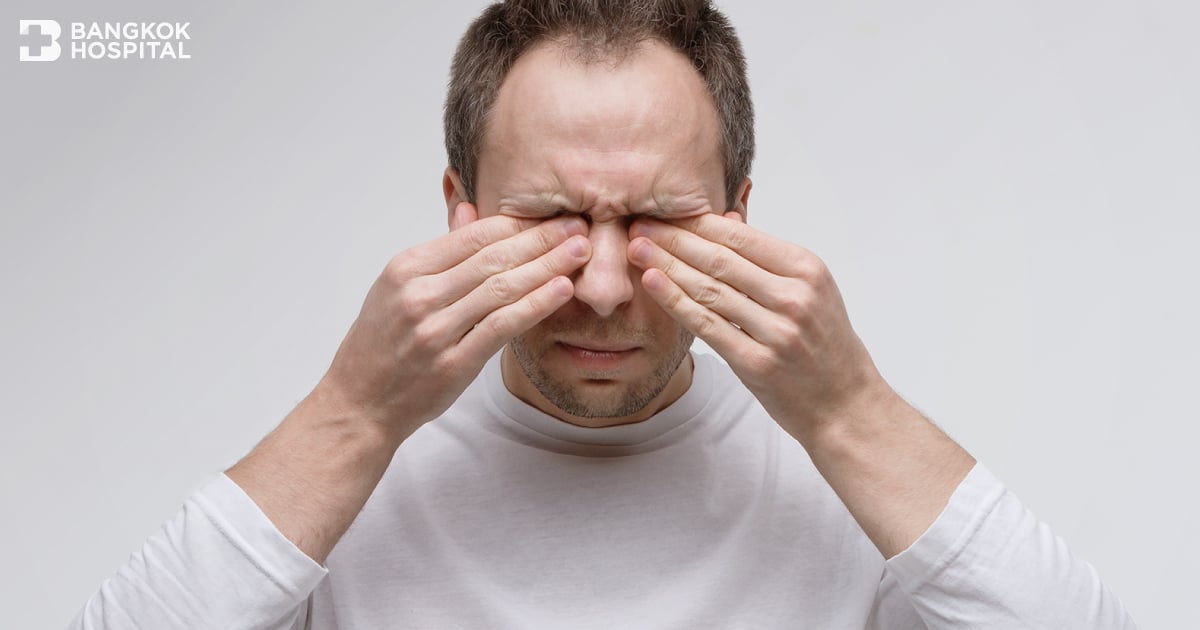
Meibomian gland dysfunction (MGD), one of contributing factors to dry eye syndrome
Experiencing symptoms e.g. eye irritation, redness, discharge, easily fatigued eyes and blurred vision might be potentially associated with dry eye syndrome. One of contributing factors to dry eye syndrome is meibomian gland dysfunction (MGD) defined as blockage or other abnormality of the meibomian glands, tiny oil glands which line the margin of the eyelids. The normal tears are made up of three layers – a lipid layer, a watery or aqueous layer and a mucous layer. If the oil gland openings get plugged up or obstructed, meibomian glands do not secrete sufficient oil into the tears, leading to evaporative dry eye that often causes eye irritation and eye lid infections. Knowing warning signs of meibomian gland dysfunction allows for early diagnosis and appropriate treatments before dry eye syndrome develops.
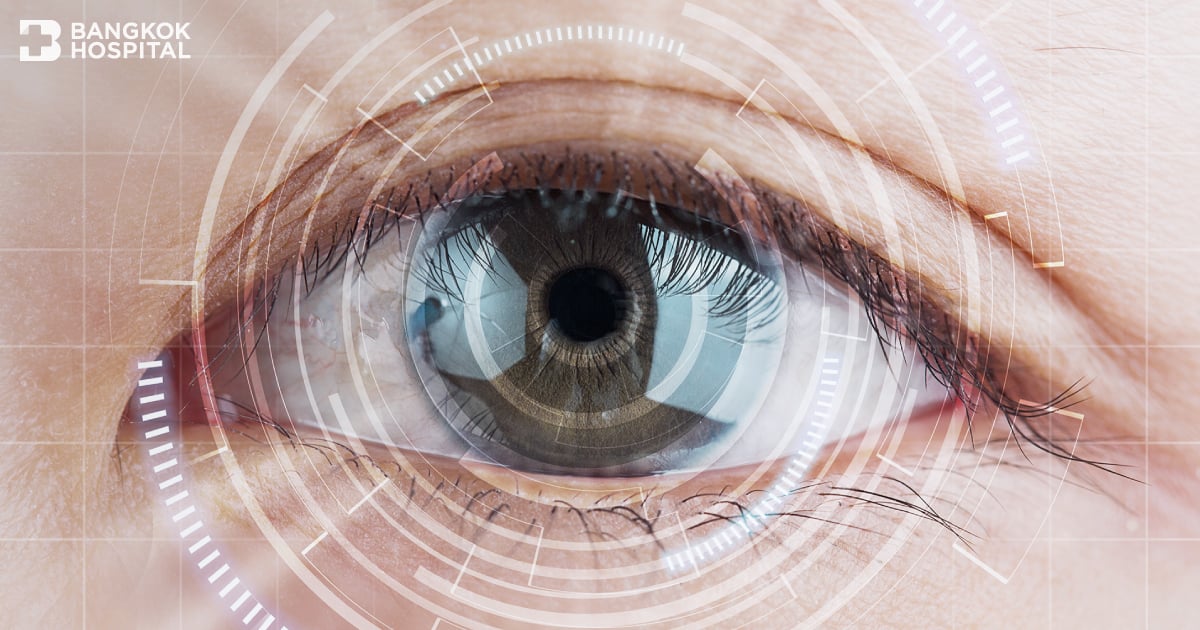
Cataract surgery and intraocular lens implants (IOL)
People with advanced age are at greater risk of developing a wide range of age-related eye problems, including cataract which is defined as a clouding of the normally clear lens of the eye.

Excess sun exposure can put you at greater risks for eye problems
During exposing to the sun, we often protect our skin by applying sunblock, but we might forget that the eyes need sun protection as well. Despite the fact that eyes only account for 2% of total body surface area, UV radiation from natural sunlight can drastically damage the eye's surface tissues as well as main components e.g. the cornea and lens.

Computer Vision Syndrome (CVS): A whole range of eye strain and discomfort caused due to digital life
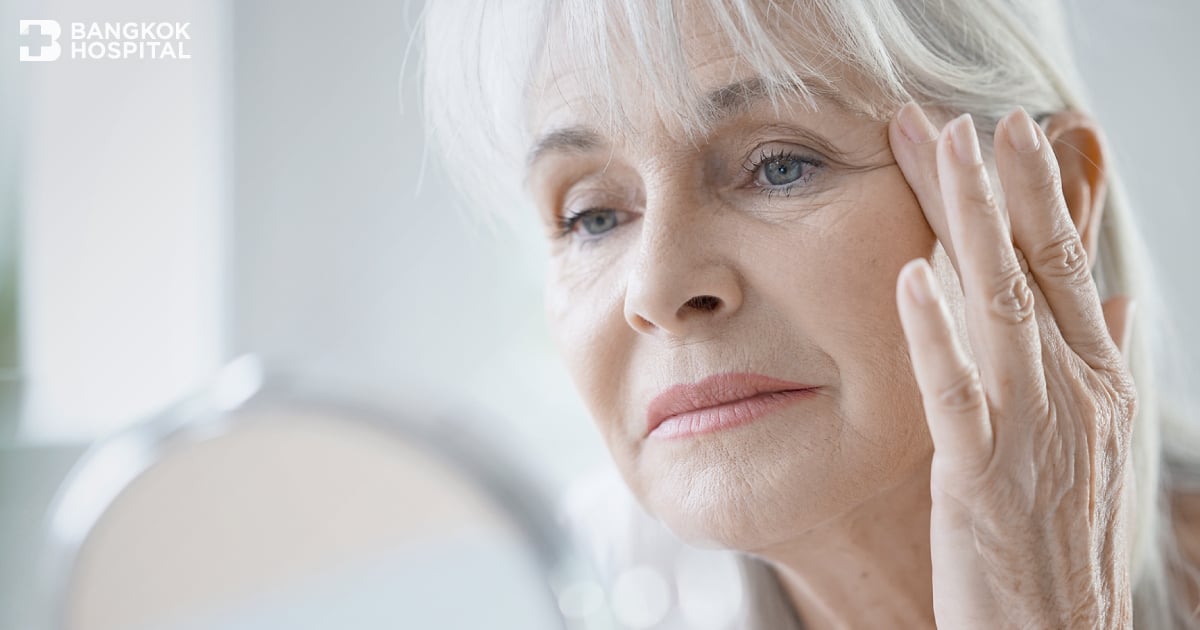
Age - Related Macular Degeneration (AMD) in the elderly
Among other degenerative conditions, vision impairment is one of the leading causes of morbidity in the elderly.
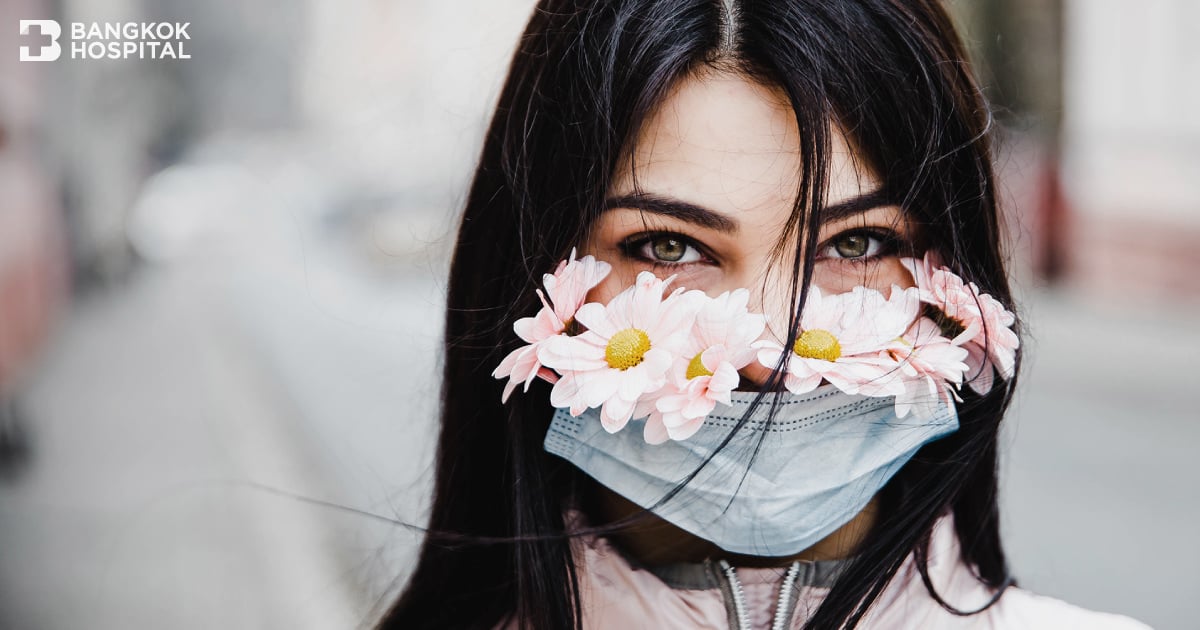
Proper eye care during COVID-19 pandemic
COVID-19 disease caused by SARS-CoV-2, a single-stranded RNA virus has recently become global pandemic.
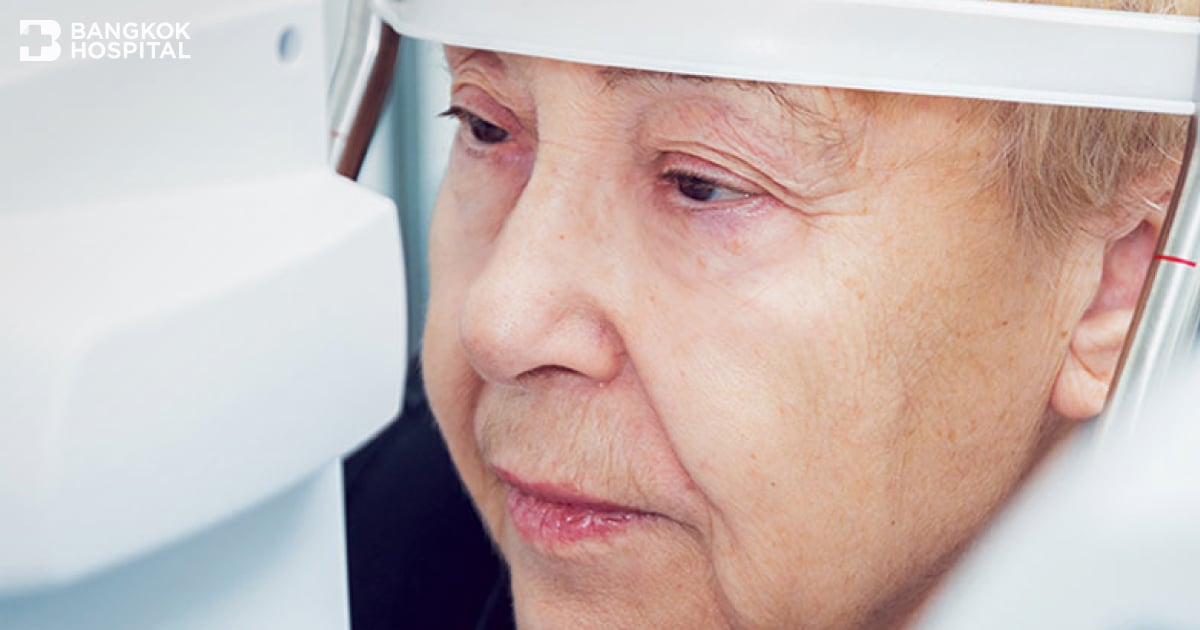
Treatment of Glaucoma
There are several ways to treat glaucoma, including medication, laser treatment, and surgery.

4 Types of Cataracts That Require Immediate Treatment
Four types of glaucoma that need to be treated urgently include open-angle glaucoma, angle-closure glaucoma, congenital glaucoma, and secondary glaucoma.

Myths and Facts about Glaucoma

Lazy eye
Lazy eye (Amblyopia) results from abnormalities in visual development in infants or during childhood. It occurs when the transmission of visual signals between the eye and the brain is not fully functional.
